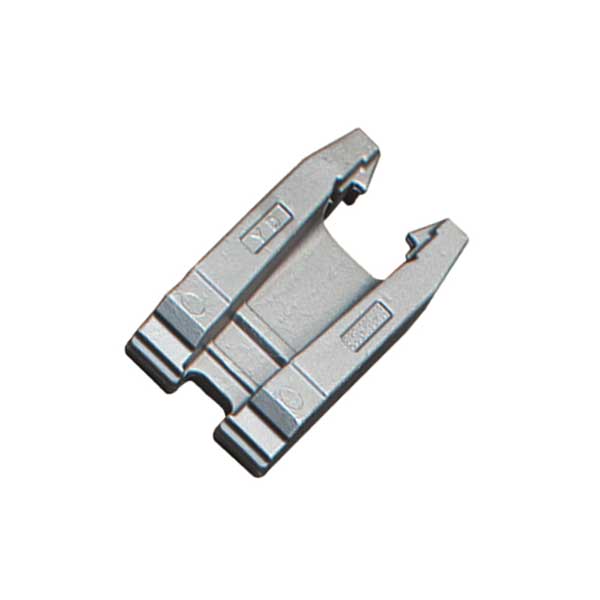DETAILED EXPLANATION OF COLD FORGING FORMING PROCESS
Cold forging is a general term for plastic processing such as cold die forging, cold extrusion, and cold heading. It is the forming process of the material below the recrystallization temperature, and the forging is carried out below the recovery temperature. In production, forging without heating the blank is called cold forging.
Most of the cold forging materials are aluminum and some alloys, copper and some alloys, low carbon steel, medium carbon steel, and low alloy structural steel with low deformation resistance and good plasticity at room temperature. Cold forgings have good surface quality and high dimensional accuracy, which can replace some cutting processes. Cold forging can strengthen the metal and increase the strength of the part.
INTRODUCTION OF COLD FORGING PROCESS

Cold precision forging is a (near) net shape forming process. The parts formed by this method have high strength and precision and good surface quality. At present, the total amount of cold forgings used in an ordinary car abroad is 40~45kg, of which the total amount of toothed parts is more than 10kg. The single-piece weight of cold forged gears can reach more than 1kg, and the tooth shape accuracy can reach 7 grades.
Continuous process innovation has promoted the development of cold extrusion technology. Since the 1980s, domestic and foreign precision forging experts have begun to apply the split forging theory to the cold forging of spur and helical gears. The main principle of shunt forging is to establish a shunt cavity or shunt channel of material in the forming part of the blank or die.
…
Details can be accessed by clicking here:https://www.gold-emperor.com/cold-forging-process/


